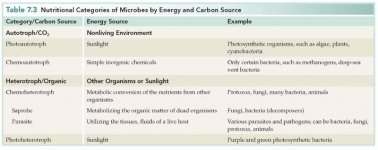The way science generally works is someone presents a theory and others try to disprove it. On you bubba. Or you are free to ignore it also. In that case what are you doing in this thread
I will be gone for a week.
That is not how science works. Someone has a hypothesis then develops a theory through properly conducted trials/experiments which others can replicate. When it has been replicated a number of times, it is a standing theory unless disproven. If it continues to be held up through replication it often becomes an accepted fact.
In this thread, I do not believe even the theory has been properly presented, however I always stand to be incorrect.
luvingly~~bubba



